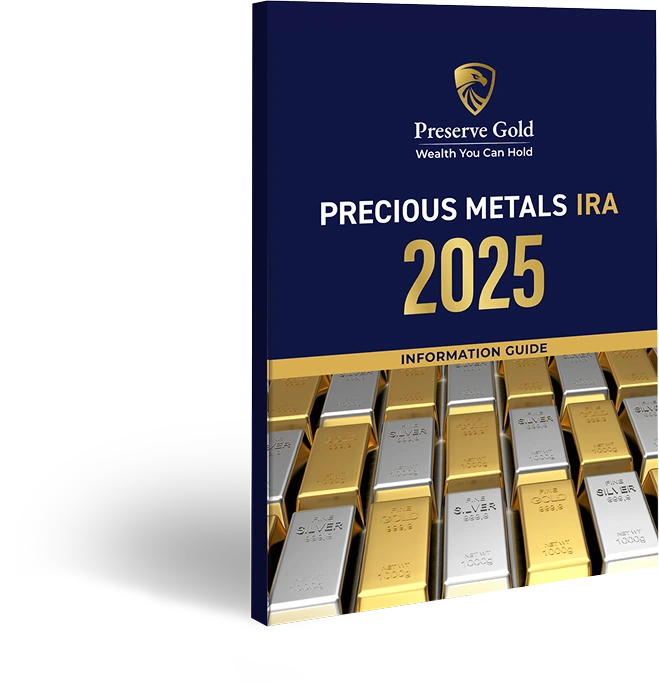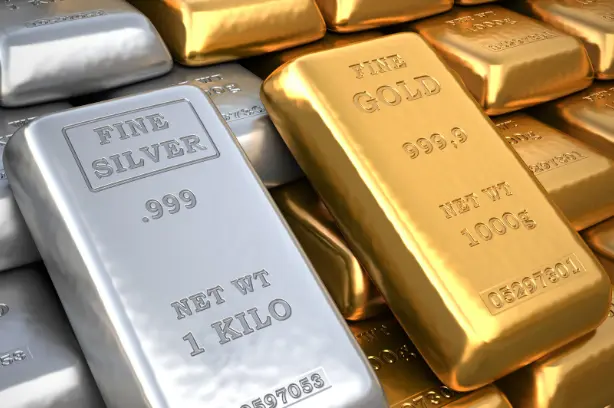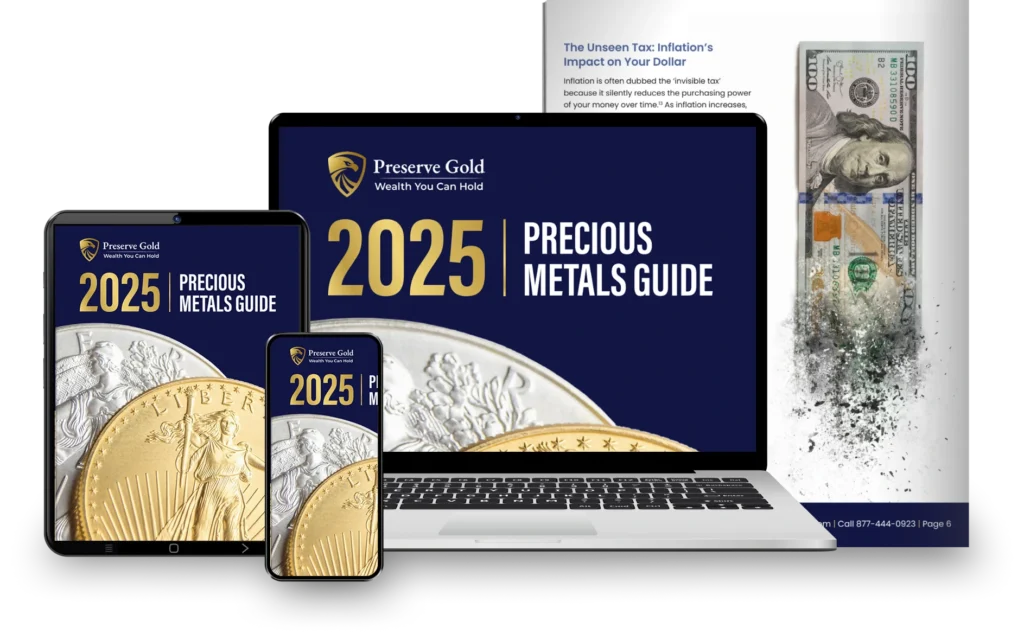Gold may be the most prominent name in precious metals investing, but silver is a star in its own right. Both have strong intrinsic value, are highly liquid, and can provide powerful inflation hedges. Although silver tends to be more volatile than its famous sibling, it is also historically undervalued. This makes it more accessible to investors and a strong candidate for future growth.
But understanding why to buy silver is only part of a successful investment strategy. Smart investing also requires you to know what is the best time to buy silver. Optimal purchase timing involves multiple factors, including market cycles, geopolitical events, technological demands, and individual investment strategies.
Understanding Silver Market Cycles
The gold-to-silver ratio shows the relative value of the two metals, a useful metric for analyzing the best time to buy silver. In the 21st century, the ratio has mostly ranged from 50:1 to 70:1. However, it broke above that point in 2018, reaching 104:1 in Q2 of 2020, and currently sits at nearly 85:1 for Q4 of 2024. Higher gold-to-silver ratios suggest the relative affordability of silver and its potential to outperform gold.
Beyond historical fluctuations, silver prices also have seasonal variations. Prices tend to drop in June and increase in August, suggesting potential buying opportunities in early summer. They also often rise in January, as industrial silver users typically place orders at the beginning of the year, increasing demand and boosting prices.
Five Factors Affecting Silver Prices
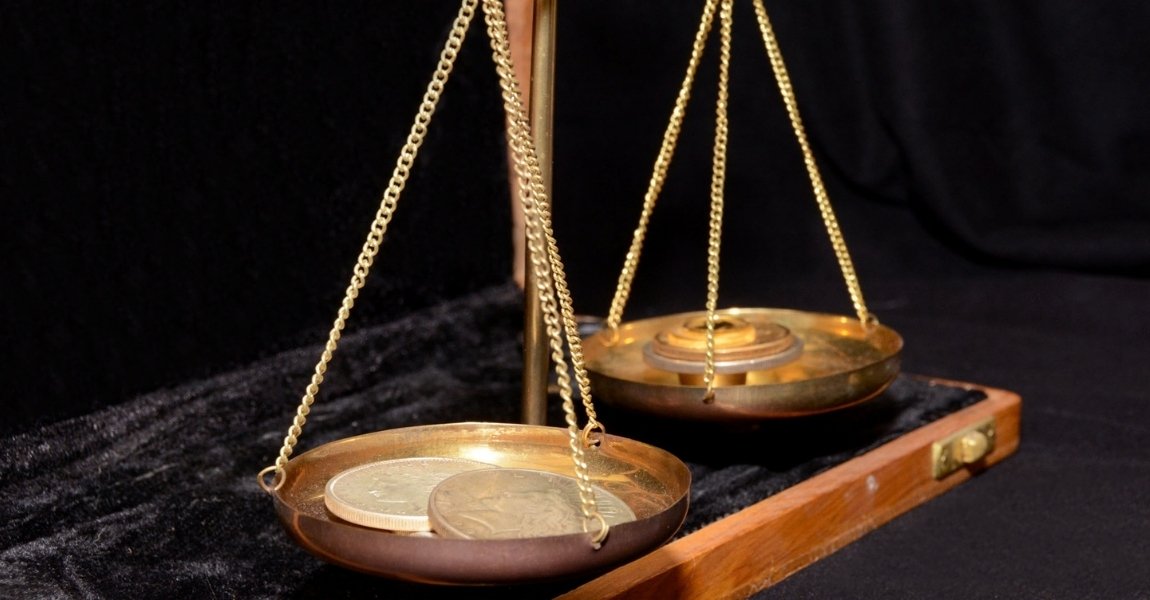
When evaluating the best time to buy silver, consider the following five elements:
1. Supply and Demand
Long loved for its elegant aesthetic appeal, silver is also an industrial workhorse. Its useful features include electrical conductivity, thermal conductivity, reflectivity, and antimicrobial properties, which make it crucial in industries ranging from electronics to apparel. As the need for silver in industrial and technological applications fluctuates, so do prices.
The other side of the equation is the supply. As a mined metal, silver is subject to global mining production rates. Mining slowdowns or shutdowns can decrease availability, while the opposite events can increase it. Silver is also a byproduct of copper and zinc mining, which means its price may fluctuate along with theirs.
2. Economic Indicators
Precious metals like silver have a low correlation with traditional financial markets. Silver’s value tends to increase alongside consumer prices, making it attractive to investors during inflationary periods. As purchasing power goes down, interest in silver investments goes up. By buying precious metals like silver, investors aim to protect their wealth against the weakening of the dollar.
Interest rates can also affect silver prices, as lower rates make precious metals more attractive than interest-bearing assets like bonds and CDs. Because it is a more volatile investment, silver might outperform gold when interest rates go back up.
3. Geopolitical Events
Current and upcoming geopolitical events also impact the best time to buy silver. For example, President Trump’s tariff proposals are driving fears of rapid inflation, consumer price shock, and a reduction in global trade. Because precious metals are traditionally seen as a hedge against economic uncertainty, silver prices may move upward.
Similarly, tensions in the Middle East and Ukraine may further boost silver’s value. Beyond the general pressures of geopolitical unease, rising military demand for silver might change the market landscape. Silver is essential for advanced weaponry, communication systems, and defense equipment.
4. Technological Advancements
Besides the military, numerous modern industries require silver. Examples include the following:
- Solar panels and batteries
- Medical devices
- Electric vehicles
- Computers and cell phones
- Televisions
Several emerging and developing technologies are currently increasing industrial demand for silver. For example, the rise of AI technologies necessitates increasingly powerful computers. Likewise, the transition to renewable energy requires more silver for electric vehicles and solar technologies. As industrial silver needs shift, prices often fluctuate accordingly.
5. Investor Sentiment
In most financial markets, the general mood of investors affects their behavior, which in turn affects market movement. Understanding this investor sentiment can help identify the best time to buy silver. Unfortunately, it’s not always easy to predict as sentiment does not correlate with fundamental market changes. Instead, it relates to the group psychology of investors.
That said, you can keep your finger on the pulse of market trends. If investors are nervous about an incoming political administration or potential economic collapse, silver prices may increase as many people consider precious metals a safe-haven asset.
The 2025 Outlook for Silver Investments
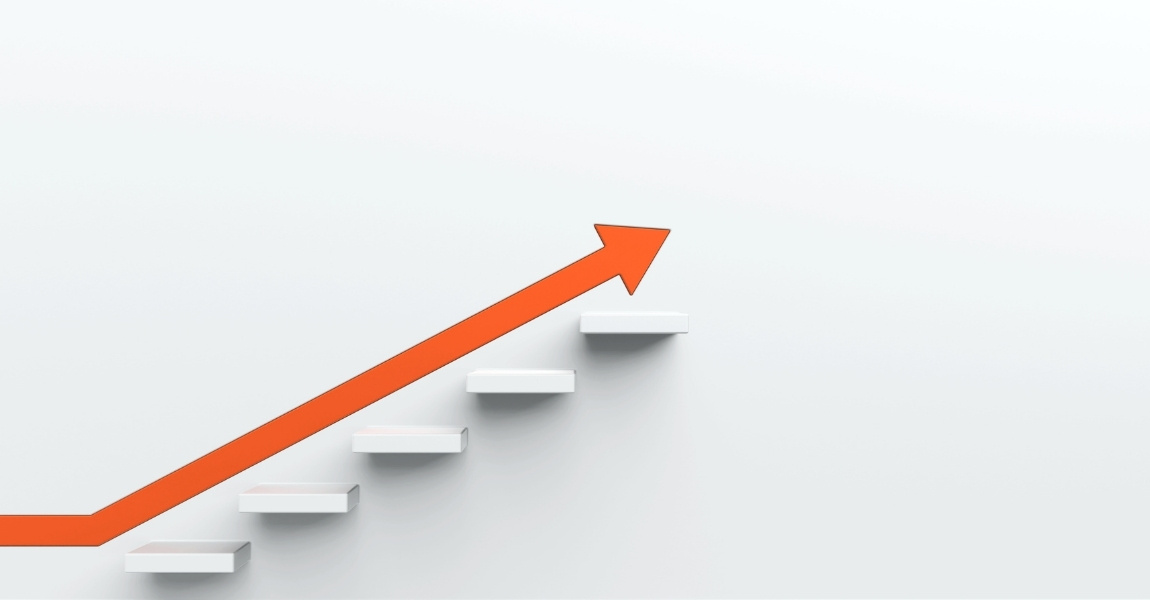
Thanks to a continuing structural deficit, where demand consistently exceeds supply, silver prices in 2024 topped $34 per ounce for the first time in over a decade. That’s because while global mining supplies have remained relatively flat, demand has increased — particularly in industrial applications.
The green economy has spurred much of this growth. Silver is necessary for solar technology, electric vehicle production, and charging stations. However, several factors may temper this demand in 2025. For instance, a change in presidency tends to throw ongoing plans into question as the new leader may not pursue the same renewable energy goals as their predecessor. Investors will continue to keep tabs on any potential new policies and how they affect silver prices.
What’s the takeaway? Experts predict that rising demand and continuing supply shortages may push silver prices to $35, though they are divided on what the long-term future of silver will be, with some predicting sharp increases while others forecast pullbacks. Overall, 2025 could be important for silver investors. However, geopolitical and economic pressures could limit silver’s upward trajectory.
The Many Benefits of Investing in Silver
Besides knowing the best time to buy silver, it’s important to understand the benefits of investing in the first place.
- Portfolio diversification: Investing in different asset classes helps reduce the overall risk level of your portfolio. One of the most important reasons to invest in precious metals is because they work differently than other asset classes. Silver’s weak correlation with stocks and bonds renders it an outstanding portfolio diversifier.
- Hedge against inflation: Unlike fiat currency, silver and gold have intrinsic value. This allows them to preserve their value during periods of currency devaluation. The price of silver typically goes up along with the cost of goods, making it an excellent hedge against inflation.
- Liquidity: Not every asset is easy to buy and sell. However, silver’s liquidity allows for easy entry into and exit from the market. Silver ETFs (exchange-traded funds) are even more liquid than physical silver.
- Affordability: Finally, silver is much more affordable than other precious metals like gold. This lower entry point means it is accessible to a wide range of investors. Silver’s combination of historical undervaluation and high liquidity makes it attractive for both short- and long-term investing.
The Pros and Cons of Silver Investment Types
Silver investments fall into three broad categories, each with advantages and disadvantages.
Physical Silver
Physical silver comes in several forms, including jewelry, collectibles, coins, and bullion. Investment-grade bullion consists of silver that is at least 99.9% pure. In contrast, “junk silver” is typically of far lesser purity. Although “junk silver” has a lower material value and is ineligible for most investment accounts, its affordability and availability make it attractive to some newer investors.
Physically holding precious metals offers a more direct way to own silver than the options below. However, it comes with some added costs, including security, insurance, and storage expenses.
Silver Securities
Individuals looking to invest in silver without physically owning it may opt for silver securities. ETFs are funds that track the performance of the precious metal. Silver mining stocks offer ownership in companies involved in silver extraction and processing.
Silver securities are more liquid than physical silver, and you can easily buy and sell them through online brokers. Plus, you don’t have to worry about proper storage or theft concerns as you do with physical silver.
Silver Futures and Options
Finally, silver futures and options are derivative instruments that allow investors to participate in the silver market without owning the metal. Futures contracts obligate two parties to exchange silver on a specific future date. Options contracts give you the right (but not the obligation) to buy or sell silver at a predetermined price during a specific timeframe.
Derivatives offer several benefits, including allowing investors to diversify their portfolios and hedge against risk, often for less initial capital. However, they can also be hard to value and require an advanced understanding of technical concepts and regulations that not all investors have.
Getting Into the Silver Market
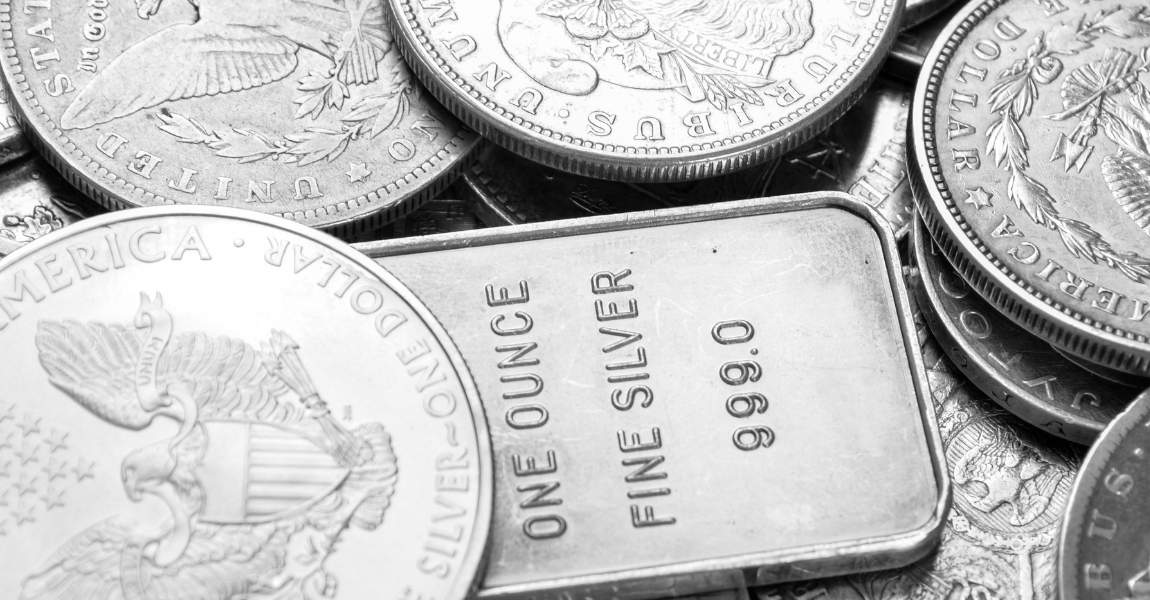
Once you’re ready to buy silver, how do you do it? The following guidelines can help:
- Assessing market conditions: Start by getting a feel for current economic indicators and market sentiment. Silver tends to perform well in times of recession and high inflation, as investors seek assets that are uncorrelated with traditional asset classes. When the economy is strong, silver prices may stabilize or even drop.
- Choosing the right investment type: Seek silver investments that align with your financial goals and risk tolerance. For example, silver futures can magnify both potential profits and potential losses, depending on market movement. This makes them less than ideal for risk-averse investors, as they can lose more than their original investment.
- Timing the purchase: If you’re researching the best time to buy silver, you probably already know that timing is everything. In addition to following broader economic trends, consider seasonality. For example, precious metal prices may increase during holiday festivities and at the beginning of the fiscal year. Buying when prices are low can boost returns.
- Storage and security: While all investments come with fees, physical silver also has storage costs and concerns to consider. Third-party storage, such as bank safety deposit boxes and precious metals IRAs, have associated fees. You will also need to consider your options for depository insurance.
- Regulatory considerations: Finally, it’s essential to understand the tax implications and legal requirements for silver investments. For example, you can roll over your retirement account into precious metals without paying taxes or penalties. However, when selling silver investments at a profit, short- or long-term capital gains taxes may apply.
Choosing a Quality Silver Bullion Dealer
When it’s time to buy silver, how do you choose a reputable dealer? Start by seeking out those with good customer reviews, industry accreditations, and high ratings from established organizations like the Better Business Bureau.
Next, make sure the dealer you select provides excellent customer service. They should respond quickly to your inquiries and be able to readily answer any questions you have before purchasing. Likewise, they should offer transparent pricing with no hidden fees.
Finally, seek out dealers that offer guarantees regarding the purity and legitimacy of their silver products. Always buy bullion from an authorized mint or dealer and look for silver coins with a certificate of authenticity.
Emerging Factors Impacting Silver Investment Timing
Consider the following when looking for the best time to buy silver:
- Technological demand: Although the short-term silver outlook depends partially on whether the pace of the transition to clean energy quickens or slows, silver is at the heart of the modern global green transformation. Growing energy-related applications lead industry experts to believe that silver has a bright outlook in the coming years.
- Environmental considerations: Like other industries, silver mines are feeling the pressure to adopt sustainable practices. Increasing regulatory challenges are slowing mining investment plans in certain regions. However, increasing digitalization and automation may help mining companies improve sustainability and productivity.
- Global economic shifts: Emerging markets like China, Russia, India, and Brazil are seeking alternative trade currencies to the U.S. dollar. If these de-dollarization trends continue, investors may increasingly seek fixed-supply assets like silver over paper currency, potentially driving up prices.
What’s the Bottom Line for Prospective Silver Investors?

Optimal investment periods for silver often include economic downturns and seasonal market dips (such as early summer). However, determining the best time to buy silver requires thorough research and consultation with financial advisors. Prized for both its short-term opportunities and long-term potential, silver can be an important — yet relatively affordable — component of diversified investment portfolios.
When you’re ready to invest, Preserve Gold can help. We offer a range of IRA-approved silver products for you to choose from, like the American Silver Eagle and the Silver Liberty Eagle.

